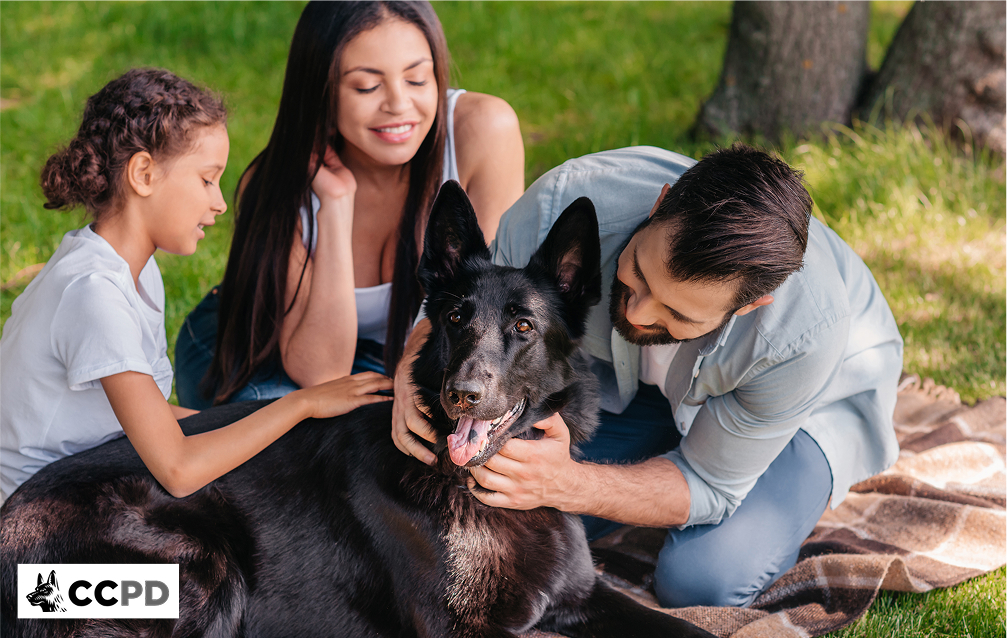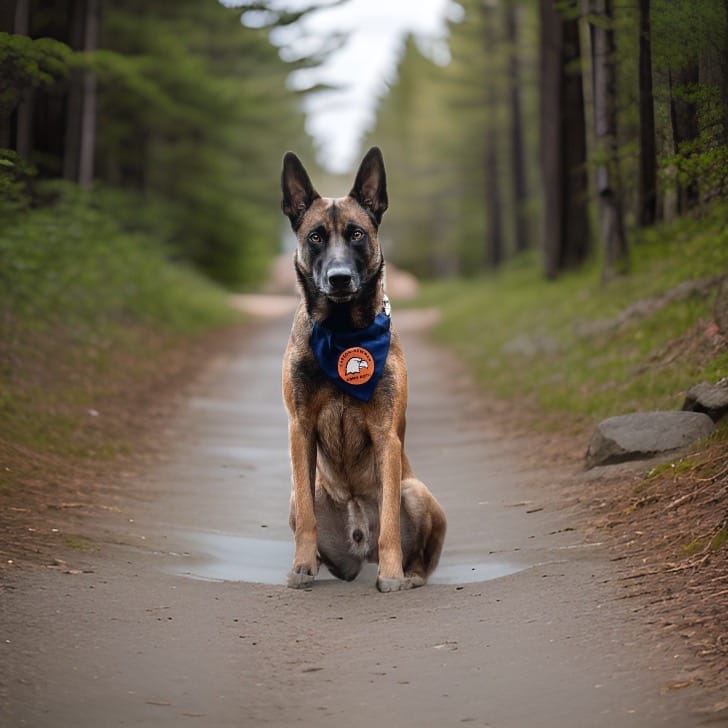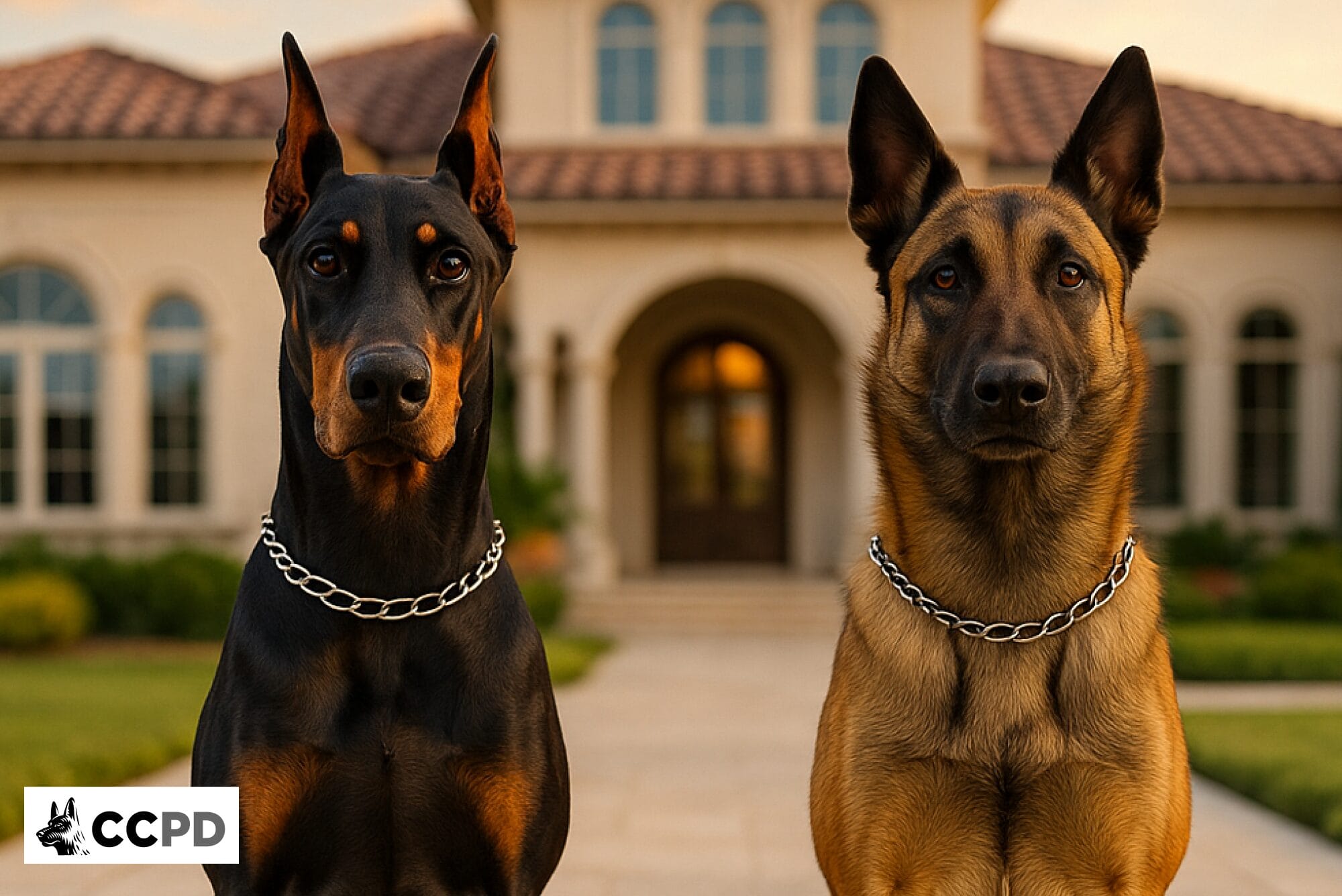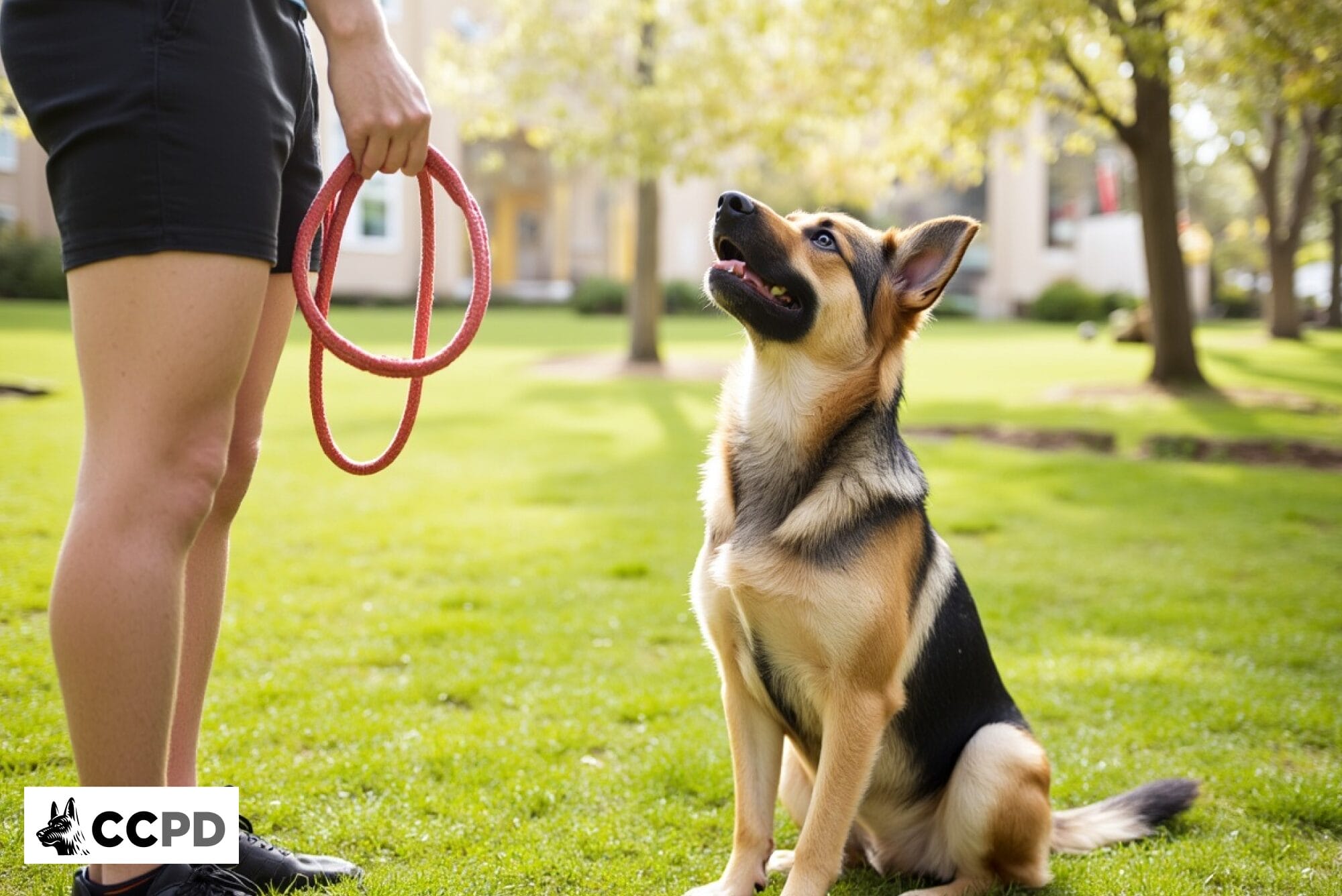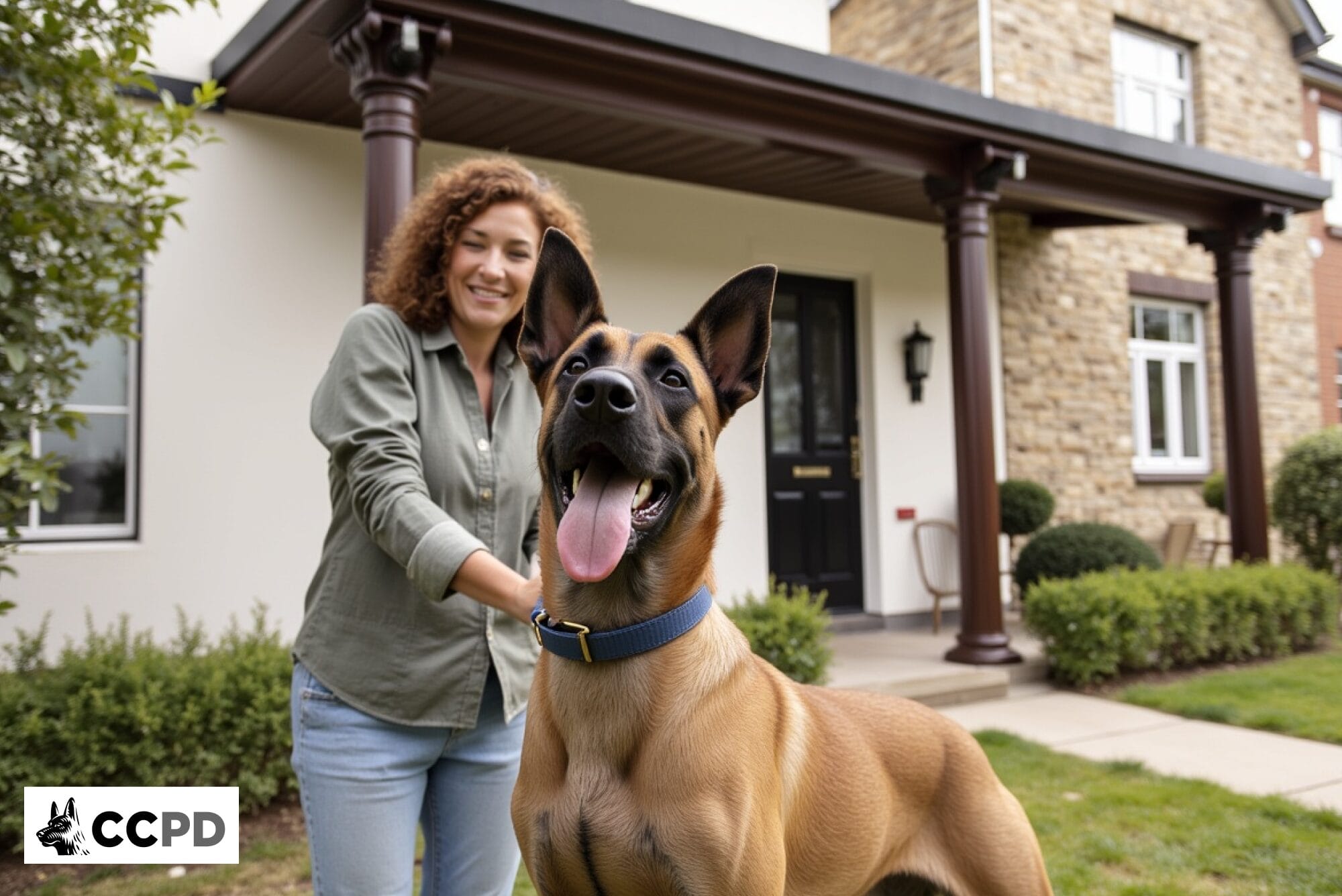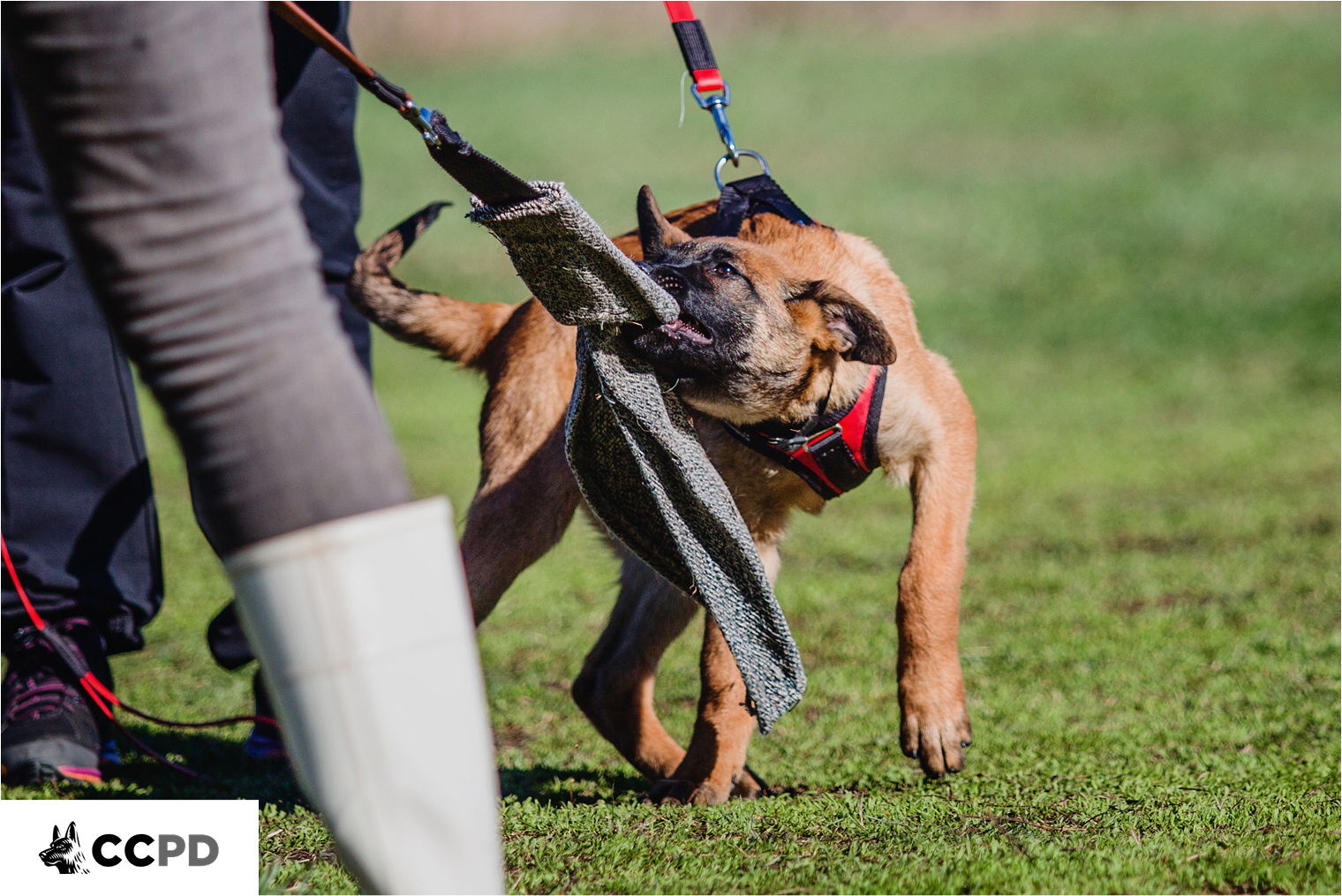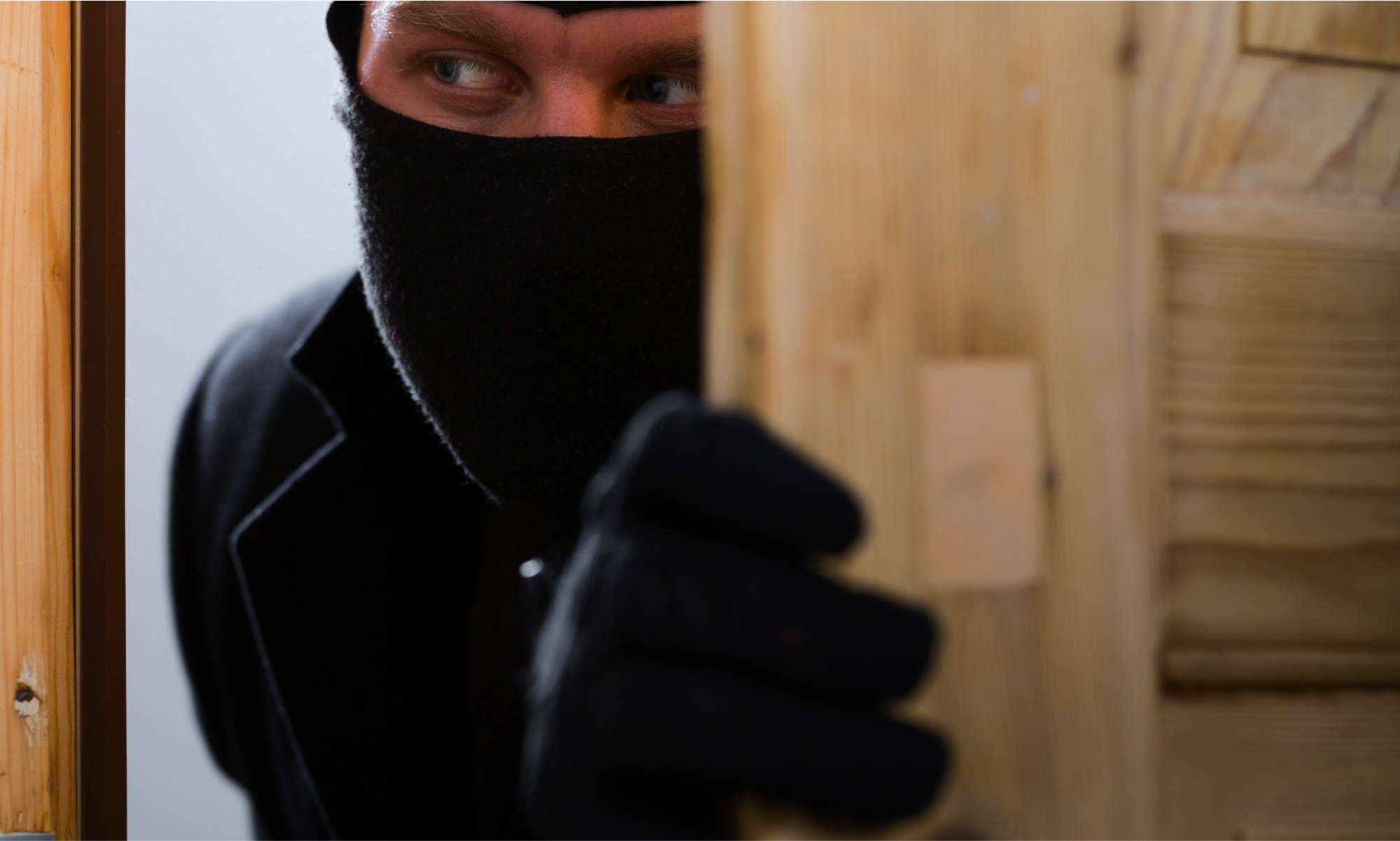When most people think about protection dogs, their minds immediately jump to dramatic movie scenes featuring snarling German Shepherds or intense police K-9 units in action. Hollywood has done an excellent job of creating compelling entertainment, but it’s also created some pretty significant misconceptions about what protection dogs actually are and how they work in real life.
The truth is far more nuanced and, frankly, more impressive than what you see on screen. These highly trained animals represent years of careful breeding, expert training, and ongoing development that most people never get to see. Understanding the reality behind protection dogs is crucial, whether you’re considering adding one to your family or simply curious about these remarkable animals.

1. Protection Dogs Are Just Aggressive Attack Dogs
This might be the biggest misconception floating around, and it couldn’t be further from the truth. Real protection dogs undergo extensive temperament testing before they even begin training, and aggressive or unpredictable dogs are immediately eliminated from programs.
These animals are taught control responses to specific situations, not random acts of aggression. The difference between a protection dog and what most people think of as a “guard dog” is like comparing a skilled surgeon to someone swinging a baseball bat. Professional protection dogs learn to assess situations, follow commands precisely, and use only the minimum force necessary to neutralize a threat. Their training emphasizes discipline and control above all else.
2. Any Large Dog Can Be a Protection Dog
Size definitely matters in protection work, but it’s just one small piece of a much larger puzzle. You can’t simply take your neighbor’s friendly Golden Retriever or that intimidating Mastiff from down the street and turn them into effective protection dogs.
Successful protection dogs typically come from specific bloodlines that have been carefully bred for traits like intelligence, trainability, courage, and emotional stability. Most programs focus on breeds like German Shepherds, Belgian Malinois, and Dutch Shepherds because these dogs possess the right combination of physical capability and mental aptitude.
The training process itself takes anywhere from 12 to 24 months of intensive, daily work with professional trainers. Even then, not every dog that starts the program will successfully complete it.
3. Protection Dogs Can’t Be Family Pets
This misconception probably stems from the idea that protection dogs are somehow “broken” or too intense for normal family life. The reality is exactly the opposite in most cases.
Well-trained protection dogs are often exceptional family companions because they’ve learned to read situations and respond appropriately. They can switch seamlessly between being a gentle playmate for children and a serious protector when circumstances require it.
Many families report that their family protection dogs are more obedient and easier to manage than regular pets because of their extensive training. These dogs learn to recognize family members, regular visitors, and normal household routines. They understand the difference between a delivery person at the door and someone attempting to break in at 2 AM.
4. Protection Dogs Will Attack Anyone Who Enters Your Property
Movies love to show protection dogs as four-legged security systems that activate the moment someone steps onto your property, but that’s not how trained protection dogs actually work. These animals are taught to assess each situation individually and respond only to genuine threats. They learn to differentiate between the mailman, invited guests, and actual intruders based on context clues like time of day, your behavior, and the visitor’s actions.
Most protection dogs operate on a command system where they look to their handler for guidance before taking action. They might alert you to someone’s presence, but they won’t engage unless they receive a specific command or perceive an immediate threat to their family. This controlled response system is what makes them valuable assets rather than liability risks.
5. You Don’t Need Professional Training—You Can Do It Yourself
The internet is full of videos and articles claiming you can train your own protection dog, but this is genuinely dangerous advice that could put you and others at risk. Protection dog training involves teaching an animal to use controlled aggression, which requires extensive knowledge of canine psychology, legal liability, and safety protocols.
Professional trainers spend years learning how to develop these skills safely and effectively. Attempting DIY protection dog training is like trying to perform surgery after watching YouTube videos. You might think you understand the basics, but you’re missing crucial knowledge that could lead to serious problems. Improperly trained dogs can become unpredictable, ineffective, or even dangerous to their own families. The investment in professional training isn’t just about getting better results—it’s about ensuring everyone’s safety.
Related Article: How to Choose a Reputable Protection Dog Trainer
6. Protection Dogs Are Too Expensive for Most People
While protection dogs certainly represent a significant investment, the “too expensive” misconception often comes from only looking at the initial purchase price. The reality is more complex and, for many people, more accessible than they realize. Here are the key factors that affect protection dog costs:
-
- Initial training level and the dog’s age significantly impact price
-
- Ongoing maintenance, training, and support programs vary by provider
-
- Financing options and payment plans are available through many reputable programs
When you factor in the ongoing costs of security systems, monitoring fees, and the limitations of technology-based security, a well-trained protection dog often provides better value over time. Many families find that the peace of mind and companionship aspects make the investment worthwhile even beyond the security benefits.
7. Protection Dogs Need Constant Reinforcement Training
This misconception suggests that owning a protection dog means dedicating hours every day to intensive training sessions, which understandably scares off many potential owners. The truth is that maintenance training for a properly trained protection dog is much more manageable than most people expect. These dogs are taught to integrate their protective skills into normal daily routines rather than requiring separate “training time.” Regular walks, play sessions, and basic obedience work are usually sufficient to maintain their skills.
Most professional programs provide ongoing support and will schedule periodic refresher sessions to ensure the dog stays sharp. The key is working with reputable trainers who build sustainable training protocols rather than systems that require constant intensive intervention.
8. Protection Dogs Are a Liability Nightmare
The legal and insurance concerns around protection dogs are legitimate considerations, but they’re often blown out of proportion by people who don’t understand how properly trained dogs operate. Professional protection dogs come with documentation, certifications, and training records that demonstrate their controlled nature and appropriate response protocols. Here’s what you need to know about liability:
-
- Most homeowners’ insurance policies can accommodate protection dogs with proper documentation
-
- Certified protection dogs are legally different from “dangerous” or “aggressive” dogs
-
- Professional training programs include liability guidance and ongoing legal support
-
- Proper handling and maintenance of training significantly reduces risk exposure
Working with established, reputable protection dog programs ensures you have the documentation and support necessary to address insurance and legal questions. Many insurance companies actually recognize that professionally trained protection dogs may reduce certain types of claims.
9. Protection Dogs Can’t Distinguish Between Real and Perceived Threats
This misconception assumes that protection dogs operate on a simple trigger system – if something unusual happens, they attack. Professional protection dogs receive extensive socialization and scenario training that teaches them to evaluate situations before responding. They learn to read human body language, assess environmental factors, and gauge their handler’s reactions before taking action.
A well-trained protection dog understands the difference between a child running excitedly toward their owner and an adult approaching with threatening body language. They’re taught to escalate their response gradually—alerting first, then positioning themselves protectively, and only using physical intervention as a last resort. This sophisticated decision-making ability is what separates trained protection dogs from simple guard animals.
10. Once You Get a Protection Dog, You’re Stuck with Them Forever
The final major misconception treats protection dogs like a permanent, unchangeable commitment with no flexibility if your circumstances change. Reputable protection dog programs understand that life situations evolve, and they typically offer various forms of ongoing support. Many programs will help rehome dogs if owners can no longer care for them properly, often taking them back into their training facilities.
Some companies offer temporary boarding services for extended travel or life transitions. Others provide retraining services if your security needs change or if you move to a different environment. The key is working with established programs that view the relationship as ongoing rather than transactional. These professionals want their dogs to succeed long-term, which means supporting owners through various life changes.
Education Leads to Better Decisions
Understanding these realities about protection dogs helps separate fact from fiction in what can be a confusing marketplace. The most important takeaway is that professional guidance makes all the difference in whether a protection dog will be a valuable addition to your family or a source of problems. Take the time to research reputable programs, ask detailed questions about training methods and ongoing support, and make sure any program you consider prioritizes safety and professionalism above quick sales. A well-chosen protection dog can provide years of security, companionship, and peace of mind when you make informed decisions based on facts rather than misconceptions.
